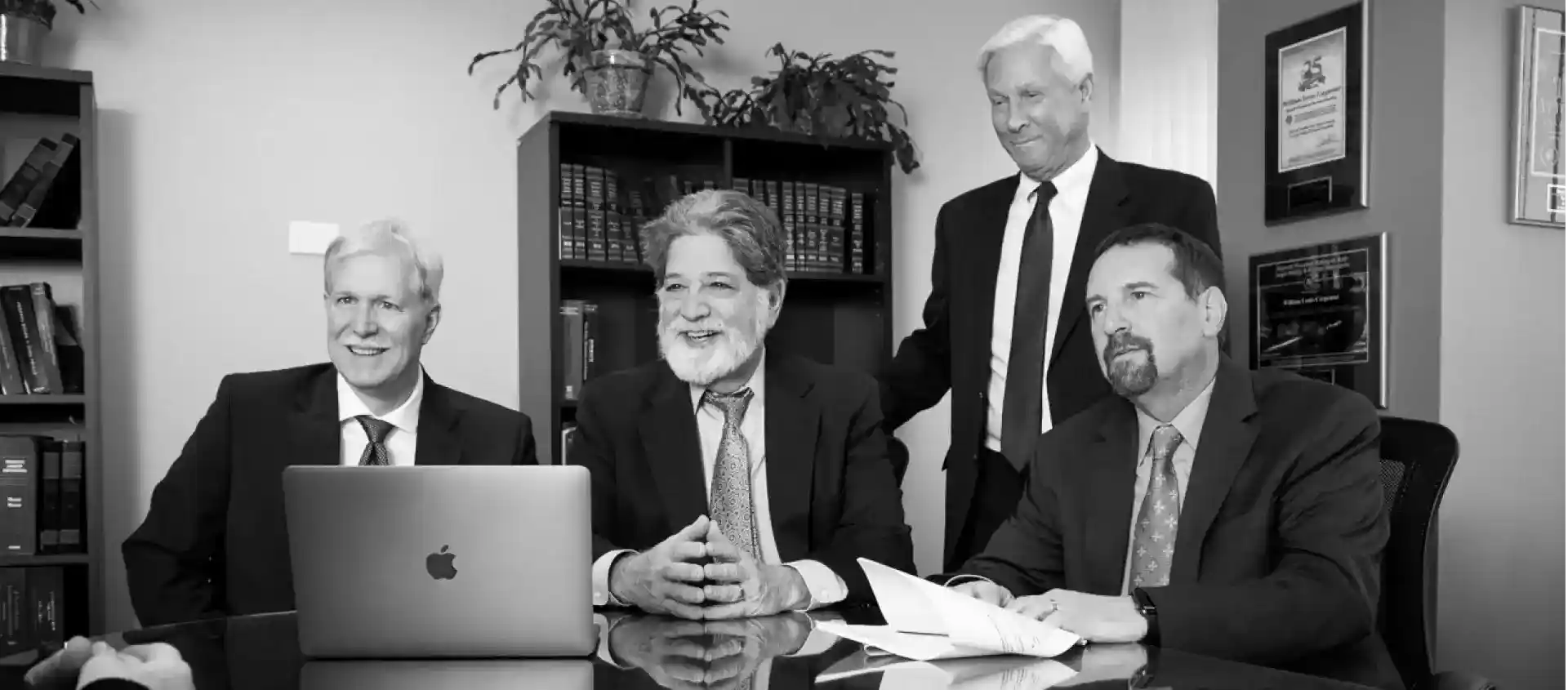
The collateral source rule in insurance is a legal principle that plays a significant role in personal injury cases, particularly those involving health care insurance payments. Defendants may want to reduce what they owe you when you have received compensation from other sources, such as insurance, but the collateral source rule can prevent them from doing that in certain situations.
This post will delve into the insurance collateral source rule, its meaning and purpose, and its application in Colorado.
What Is the Collateral Source Rule in Insurance?
The collateral source rule is a legal principle applicable in personal injury cases. It prohibits reducing a plaintiff’s damages award based on the compensation they receive from sources other than the defendant. Simply, any payment received from third-party sources does not reduce the amount the defendant owes the plaintiff for the harm caused.
The rationale is to ensure that an injured party receives total compensation for their losses. It also ensures that the wrongdoer bears full responsibility for the harm they caused. If the defendant offsets their liability by pointing to payments received from collateral sources, they might escape the full consequences of their actions.
Does Colorado Have A Collateral Source Rule?
Colorado recognizes the collateral source rule and applies it in personal injury cases—sort of. Colorado has modified the traditional collateral source rule in several ways. Under Colorado law, payments made under a contract do not reduce your entitlement to payment from an at-fault party. These may include payments made by:
- Health insurance,
- Accident insurance,
- State and federal disability programs,
- Medicare, and
- Employment pensions.
Imagine your medical insurance paid for $25,000 in medical bills. You then sue the at-fault party, and the jury finds that you suffered a total of $100,000 in damages and that the at-fault party is solely responsible. Under the collateral source rule, the at-fault party would have to pay you the full $100,000 even though you already received $25,000 from your insurance company.
However, the court can consider other non-contract sources of payment, such as settlements. For example, imagine there were two parties that contributed to your accident and you settled with one of them for $50,000. You then take the other party to trial, and the jury determines that your total damages are $100,000 and the second party was 75% responsible for your accident. Ordinarily, that would mean the responsible party would have to pay you $75,000. But under Colorado’s collateral source rule, the court could not order the second party to pay you more than $50,000 because of what you already received in your settlement with the first party.
This modification strikes a balance between the injured party’s right to be made whole and the prevention of double recovery.
What Is the Purpose of the Collateral Source Rule?
The insurance collateral source rule serves several purposes in the context of personal injury cases. Some of its main objectives include the following:
- Ensuring total compensation. Without a reduction for damages based on collateral source payments, the plaintiff receives the total amount they are entitled to for their injuries.
- Holding wrongdoers accountable. The collateral source rule helps to hold defendants responsible for their actions. The rule promotes fairness and encourages individuals and companies to act responsibly to avoid causing harm to others.
- Encouraging insurance coverage. The collateral source rule indirectly promotes the purchase of insurance coverage by individuals. If people know the court won’t reduce their damages, they will likely obtain insurance to cover potential losses.
- Preventing unjust enrichment. In some cases, without the collateral source rule, defendants might benefit from the plaintiff’s foresight in securing insurance coverage. This rule ensures that the defendant doesn’t escape liability just because the plaintiff has good insurance.
The collateral source rule sounds straightforward, but it is complicated depending on the case. For cases with an overlapping workers’ compensation claim, benefits can extinguish the plaintiff’s demand for medical expenses.
Contact a Lawyer
The collateral source rule is a critical principle in personal injury cases. It seeks to ensure fair compensation for injured parties and hold wrongdoers accountable for their actions. While Colorado has modified the traditional collateral source rule, it still upholds the rule’s essential purpose by allowing the reduction of damages awards only in cases where the plaintiff would truly receive a windfall.
At Gerash Steiner Blanton, P.C., we know how the collateral source rule works and can help you understand how it applies to your specific case. Please contact our office today to schedule an initial consultation to learn more.

